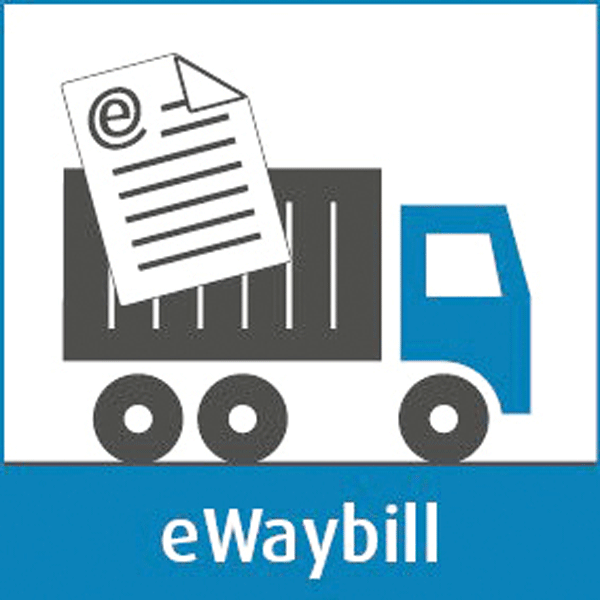GOVERNMENT E-MARKET PLACE
Vinay Sahasrabuddhe
& Dhiraj Nayyar
The vendors/service providers and purchasers have to register on GeM, to be able to display or order products. It is an open system, with no entry barriers for vendors. All the seller has to do is register online, free of cost, presenting his Aadhaar, PAN and MCA 21 details. Payment is likewise online and time-bound, through the GeM. Prices are kept down through e-bidding, reverse auction, demand aggregation and mandatory discount on MRP. Even if margins are slimmer, vendors have the advantage of prompt, transparent and hassle-free payment, without the additional cost of liaisoning with officials of the concerned department.
To ensure quality control and prompt payment for goods, the buyer must inspect the received goods and raise an objection, if any, within forty-eight hours of delivery. If a receipt or acceptance certificate is not issued within ten days, payment is automatically credited to the vendor. Conversely, a penalty of 0.5 per cent is levied for delayed delivery and orders expire after five weeks. Scope for negotiation and abuse of power by arbitrarily withholding payments, is thus curbed.
The GeM now offers a wide range of products, from absorbent cotton wool to air-conditioners to air fresheners, at an equally wide range of prices. Sellers are free to add or remove products, depending on demand and availability. Prices are dynamic and state-of-the-art products are available. Services like transport, pest control, laundry, security, cleaning and annual maintenance contracts can also be summoned at the click of a button. So, for that matter, can be a florist! Currently, seventeen categories of services are available.
Ever since it got off the ground in August 2016, enrolment of buyers and sellers has been on the upswing. By June 2017, there were 9,500 vendors offering some 21,000 products, 1,370 service providers and 3,633 buyers. The products are displayed alphabetically, as are the sellers. If a department wants writing implements, for instance, it can choose from fountain pens (disposable and otherwise), gel pens, fibre-tipped sketch pens, markers, ballpoints and roller ball pens, not to mention chalk and pencils. It can select the brands as well.
Among service providers, taxi aggregators Ola and Uber were early birds. They registered on the GeM portal in September 2016, offering lower-than-normal rates (no surge pricing) to government agencies. The distance can be tracked and billing is clear-cut, which enhances transparency in transport utilisation by government departments.
Typically, prices on GeM are 15 to 20 per cent lower than market rates and the last purchase price paid by the government. As mentioned earlier, GeM recently effected a saving of 36.6 crore on a single purchase. Smartphones were required for Anganwadi workers in five states. Clubbing the orders together, GeM put out a demand for 54,000 units. The aggregation of demand naturally forced prices way below the market rate.
Orders and payments are tracked online. Government officials have been trained to use GeM at the National Institute of Financial Management in Faridabad. In addition to the basics, they also became familiar with filters which allowed them to choose among the preferential market access (PMA)-compliant IT products and those from the small-scale industrial sector, as well as to comply with the Make in India regulations. In the case of services, the SLAs or service level agreements are easily enforced on GeM.
By April 2017, the government was satisfied with the functioning of GeM and decided to develop it into a full-fledged national public procurement portal. The Union Cabinet approved a special purpose vehicle, dubbed the GeM SPV, to be set up as a Section 8 company. It will provide an end-to-end online marketplace for central and state government departments and ministries, central and state PSUs, autonomous institutions and local bodies. By making the GeM autonomous, the government hopes to expedite purchases, serve as a platform for e-bidding, reverse e-auction and aggregate demand to get value for money. The DGS&D, a relic of British rule, will be wound up.
The government also decided to appoint a ‘Managed Service Provider for further design and development efforts, as well as for the implementation, operation and maintenance of GeM. Companies like Microsoft, Flipkart and Amazon India were in the fray for what promises to be a lucrative contract (the service provider’s commission is likely to be pegged at 0.5 per cent, although the exact figure is yet to be announced).
The GeM has rationalised procurement, eliminated delays and manipulation and enabled parallel auditing. Back in 1920, the then government contemplated setting up an expert purchasing agency in India, equipped with facilities for knowing the manufacturing resources throughout the country, able to purchase efficiently in the various markets of India’. Almost a century later, GeM offers government departments all the information and access to the market for manufactured goods and services across the country.
It is often said that administrative reforms have lagged behind economic reforms, thus failing to introduce transparency and efficiency in governance. GeM shows how deploying technology and innovation can achieve these objectives. Not only does the government achieve substantial savings, but small entrepreneurs also benefit from access to a big market. Moreover, better quality inputs will translate into better quality outputs, thereby benefiting every citizen.
(Continued…)
(The above article is taken from recently published book
‘The Innovation Republic’.


